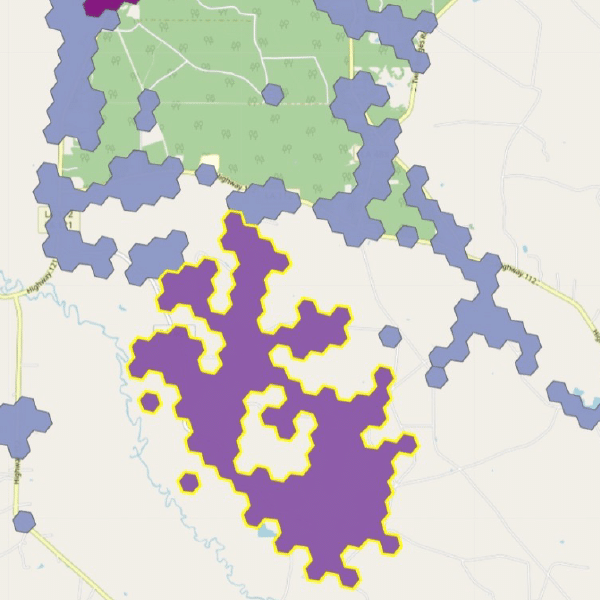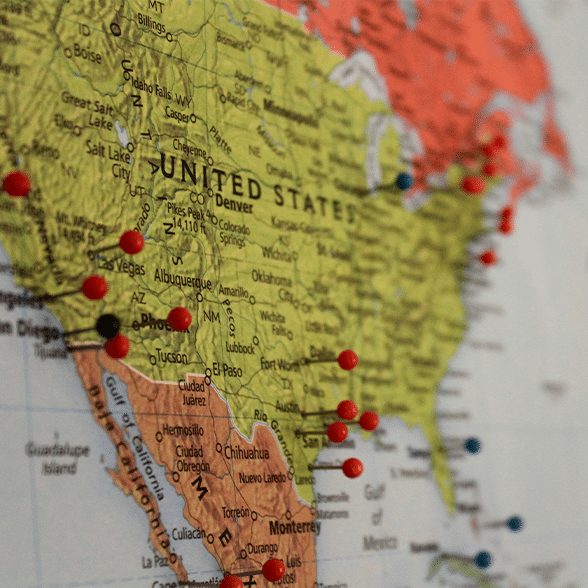Rules for the $42.5 billion BEAD rural broadband funding program give individual states considerable leeway in how they define project areas – and broadband providers applying for funding should expect to see considerable variation from one state to the next.
Depending on the state, providers may even be able to define their own project areas.
Telecompetitor spoke with Jim Stegeman, CEO of CostQuest, to get more information on all this. CostQuest is the company responsible for the location database, also known as the fabric, that underlies National Broadband Map, which states will use in determining project areas and which providers will use in determining the locations for which they will apply for BEAD funding.
“A fixed project area may favor one type of provider over others,” Stegeman said. “Defining smaller areas and allowing providers to create areas more in line with their specifics may increase participation and increase competition. These increases can create a more efficient outcome for the state.”
CostQuest notes at least seven different ways that a state can define project areas, including by:
- Hex9s, which have six equal sides, each side 200 meters wide
- Census tract, block group or block
- City
- County
- School districts
- Objective-driven clusters of locations established by the state with a specific goal in mind
- Custom geographies defined by applicants

Defining Your Own Project Area
There is considerable variation among states that are allowing providers to define their own project area.
Stegeman notes, for example, that Louisiana established clusters of Hex9s, which the state calls sub project areas (SPAs). Providers can group SPAs together to define the areas they want to serve.
The SPAs don’t have to be contiguous, but the point system that the state will use in making awards favors project areas comprised of contiguous SPAs, Stegeman explained.
Wisconsin is establishing biddable units based on the state’s own aggregation of broadband serviceable locations (BSLs), and providers can then aggregate biddable units to define their project areas. Here, too, the biddable units don’t have to be contiguous. But there is a penalty if they aren’t.
Texas is offering the most flexibility in terms of how a provider can define its proposed project area. The providers are allowed to group individual BSLs together.
In reading the rules for the state, Stegeman said, “I didn’t see that they had to be contiguous.”
Confliction and Deconfliction
States that allow providers to establish their own project areas have an important issue to address – how to address overlapping project areas, an issue that Stegeman calls “deconfliction.”
In Louisiana, for example, the question would be: What if two providers define project areas that overlap in certain SPAs, but each provider also bid on certain other SPAs?
The answer for Louisiana, Stegeman said, is that in the first round, the highest-scoring provider would win funding for the overlap area and the other provider’s bid would be rejected in its entirety. But the second provider could apply in the next round for the portion of its original bid area that the competitor didn’t win.
Texas, on the other hand, expects to resolve issues involving project area overlap via negotiations. And since projects are defined at the BSL level, “the complexity of confliction will be massive,” Stegeman said.
It will be interesting to see how the various options will work out for the states — an area that Telecompetitor looks forward to covering in the future.



